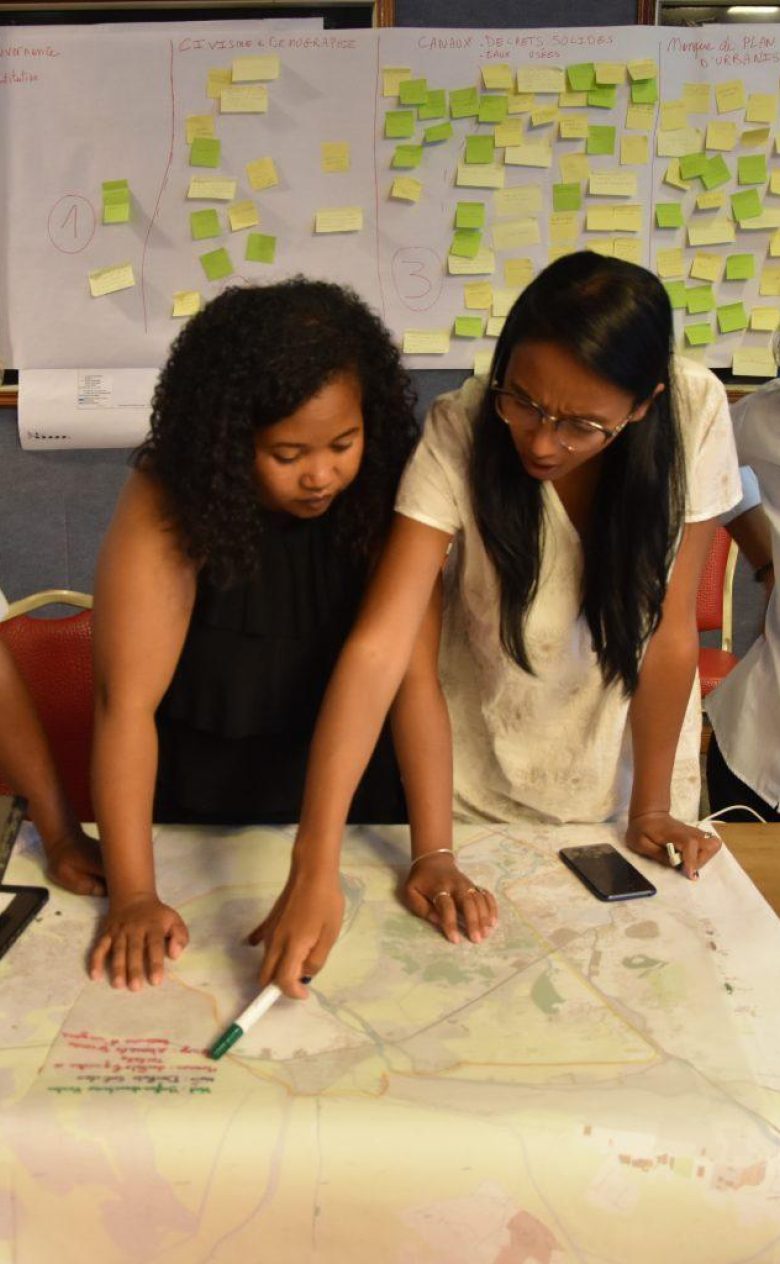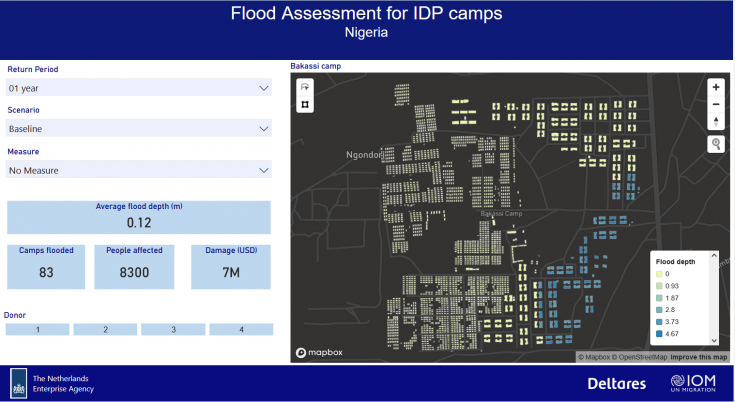BlueEarth: informed and interactive decision-making for sustainable water management
BlueEarth enables interactive and informed decision-making for a water secure world. BlueEarth is an approach for a structured and interactive stakeholder planning process supported by the BlueEarth Digital Environment to bring in quantitative information. The BlueEarth Digital Environment provides you with access to data and tools that help you to establish a clearer picture of water resource systems and improve system design, planning, management and operation.

BlueEarth robust stakeholder engagement
Stakeholder engagement is crucial to planning and decision-making processes for Integrated coastal zone management (ICZM) and Intergrated water resources management (IWRM). Participation by individuals, groups or organisations in planning activities empowers them and makes planning and decision-making more transparent and democratic.
It opens channels of communication, generates mutual understanding and trust, builds plan ownership and formulates consensus solutions. In turn, these processes further the legitimacy, acceptance and support for the proposed solutions, facilitating their eventual implementation.
Planning process is based on a proven analysis framework
The BlueEarth’s planning process is based on a proven analysis framework (Loucks and Van Beek, 2017) for IWRM planning consisting of five main phases:
- Inception – to set boundary conditions for the analysis
- Situation analysis – to assess present and future water resources issues
- Strategy building – to develop alternative strategies for decision making
- Action planning – to specify tasks, schedules, and resource requirements
- Implementation – to execute the identified tasks, including monitoring and public consultation

Ideally, stakeholders should be involved in all five planning phases. The BlueEarth approach is designed to tailor stakeholder engagement to the planning context and the competing stakeholder interests and roles. Different stakeholders should be brought in at different moments, in different activities, and with different levels of intensity. A structured stakeholder engagement plan should be drafted at the outset of each project and updated as required.
BlueEarth Digital Environment

We firmly believe that decision-making is most effective when it is informed by sound scientific information that decision-makers can access easily. Stakeholder deliberations about water resources and potential solutions can only be improved by the injection of relevant and impartial data and information.
To this end, we develop and apply digital modelling tools. Our tools allow water managers to make critical analyses of existing systems and test whether proposed interventions will have the desired impact.
The BlueEarth Digital Environment provides you with access to four digital components:
- BlueEarth Data is a community-based open data platform, initiated by Deltares, that provides global data for free. The platform is still under development but is now available as a beta-version.
- Model Builder HydroMT is a python package, developed by Deltares, to build and analysis hydro models. It provides a generic model api with attributes to access the model schematization, (dynamic) forcing data, results and states. The model builder HydroMT builds on the latest packages in the scientific and geospatial python eco-system.
- Computational Framework provides the integration mechanism for all the data and models. It prepares scenarios and modelling cases and establishes any necessary links between the BlueEarth Data and BlueEarth Co-creation.
- Co-creation Dasboards addresses the need for stakeholders and decision-makers to make good use of scientific information by providing means to effectively process, communicate and visualise this information in interactive ways. We develop planning or policy dashboards to process and visualise complex model outputs into information of direct relevance to policy makers. Our interactive and accessible dashboards are tailored to the specific decision context and project objective. We have developed a range of dashboards, from standalone strategic assessment tools to digital technical report supplements.



